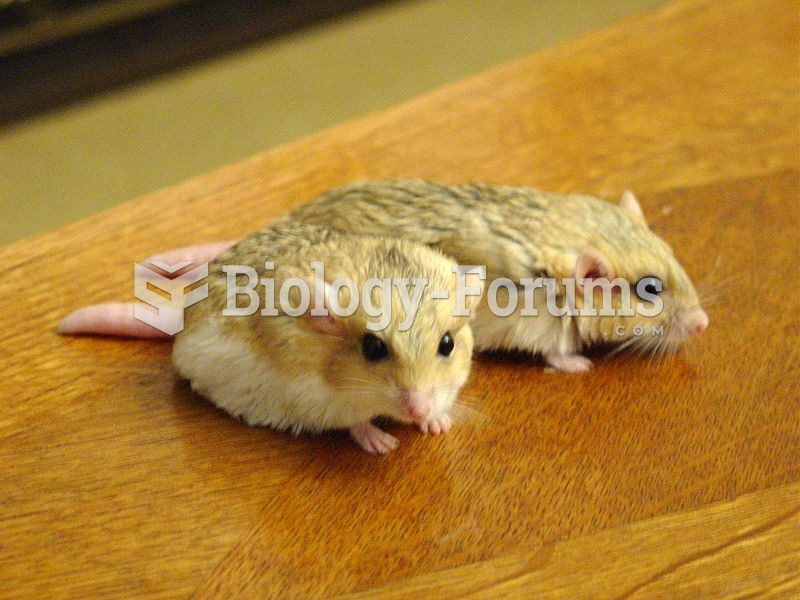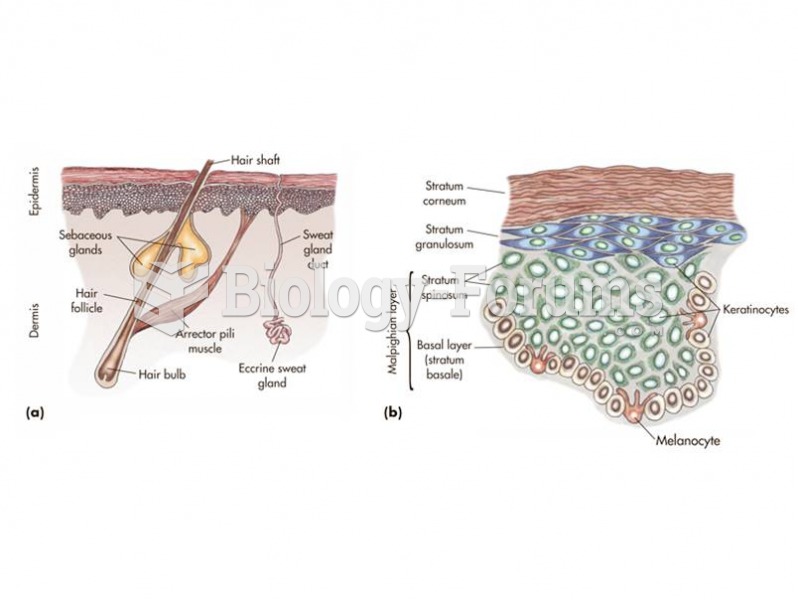This topic contains a solution. Click here to go to the answer
|
|
|
Did you know?
Though methadone is often used to treat dependency on other opioids, the drug itself can be abused. Crushing or snorting methadone can achieve the opiate "rush" desired by addicts. Improper use such as these can lead to a dangerous dependency on methadone. This drug now accounts for nearly one-third of opioid-related deaths.
Did you know?
Approximately 500,000 babies are born each year in the United States to teenage mothers.
Did you know?
Never take aspirin without food because it is likely to irritate your stomach. Never give aspirin to children under age 12. Overdoses of aspirin have the potential to cause deafness.
Did you know?
The FDA recognizes 118 routes of administration.
Did you know?
The first oral chemotherapy drug for colon cancer was approved by FDA in 2001.







